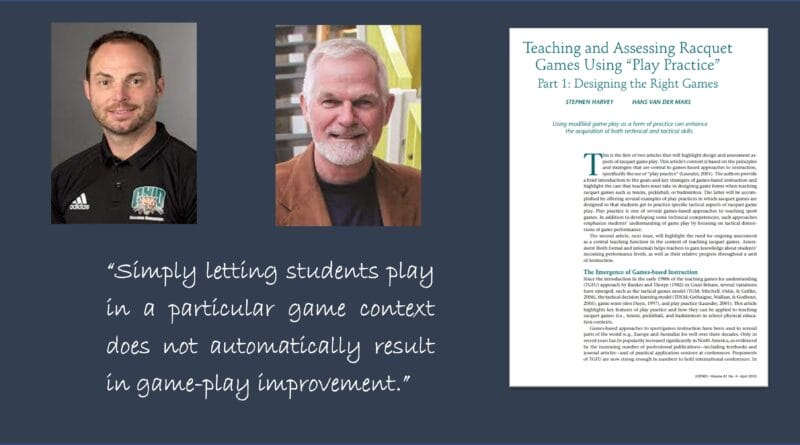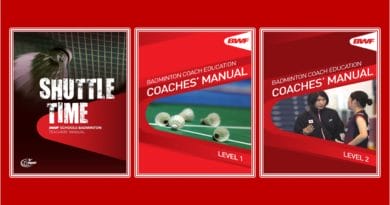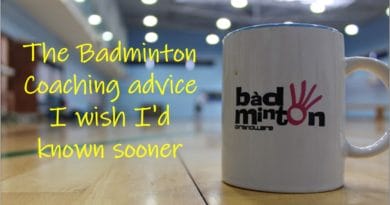Using play to develop badminton tactics
Using conditioned games and constraints
These methods work to develop tactics
I’ve always been fascinated by how coaches can use practice games/matches to develop badminton tactics, tactical skills and understanding.
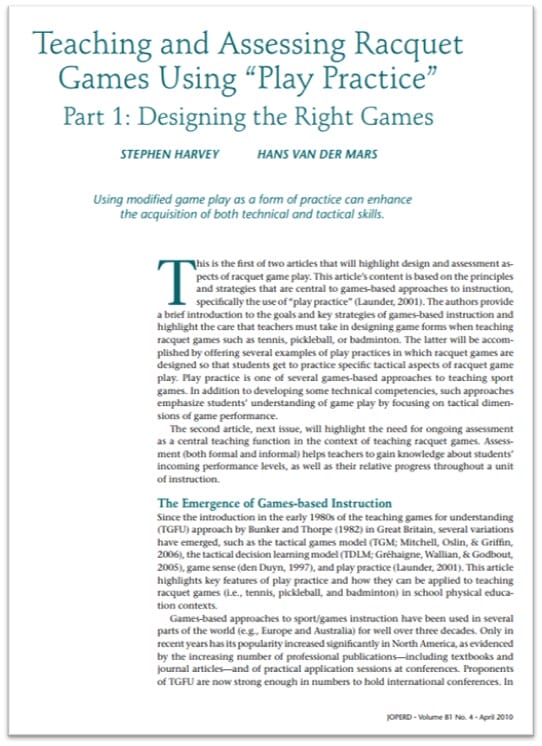 Using games rather than direct instruction is an interesting approach and something that isn’t discussed that much between badminton coaches.
Using games rather than direct instruction is an interesting approach and something that isn’t discussed that much between badminton coaches.
I know this process as ‘Conditioned Games’ or ‘Adapted Games’, what do you call it?
I’ve found that there is a large body of sports science research into how to use modified gameplay as a form of practice that can enhance the acquisition of both technical and tactical skills.
Over the next few months, I want to share some of the great research I’ve found.
Click on this image to read this paper: Teaching and Assessing Racquet Games Using “Play Practice” – Part 1: Designing the Right Games. The authors are Stephen Harvey Hans van der Mars
Extracts that stood out
“Games-based approaches to teaching recognise the importance of simultaneously developing students’ decision-making and technical execution skills relative to the ‘what,’ ‘how,’ and ‘when’ of gameplay.”
“Even more importantly, for students to develop knowledge of ‘why’ these skills are needed in the context of a game, the game can be modified in such a way that it exaggerates certain tactical components and the associated skills, while still being representative of the parent game.”
“Since every move in gameplay has certain consequences, getting students to see the results of their decisions may help them make better game-play decisions in future play. These choices may include what shot to hit, how to hit it, where to aim, where to move on the court after the shot, and so on.”
“It is not enough to explain or demonstrate key techniques of a sport, present some drills for practice, and then let students play the parent game (i.e., full-court singles play). Teachers’ real instruction should occur during students’ gameplay.”
“Simply letting students play in a particular game context does not automatically result in game-play improvement.”
Key headings
Modifying games (court size, scoring), Questioning skills, Use of Prompts/Cues, Providing Feedback & Encouragement, Assessing the Game, Use of Time Constraints, Handicapping Games, Differential Scoring, use of Tactical Time-outs
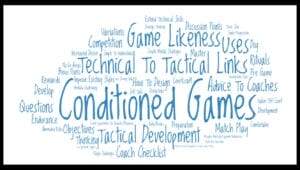
– – – – – – – – – – – – – – – –
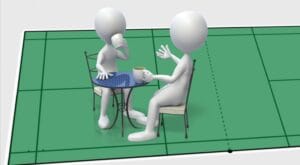
As always, I’m very grateful if you have read this far 🙂
I’d love to hear your views about which badminton backhand defensive footwork you coach. What are the positive benefits of each technique?
Why not send me an email contact@badmintonandy.com
This is part of a series of conversation starters.
Although not in detail, the posts are written to get you thinking and talking with others.

